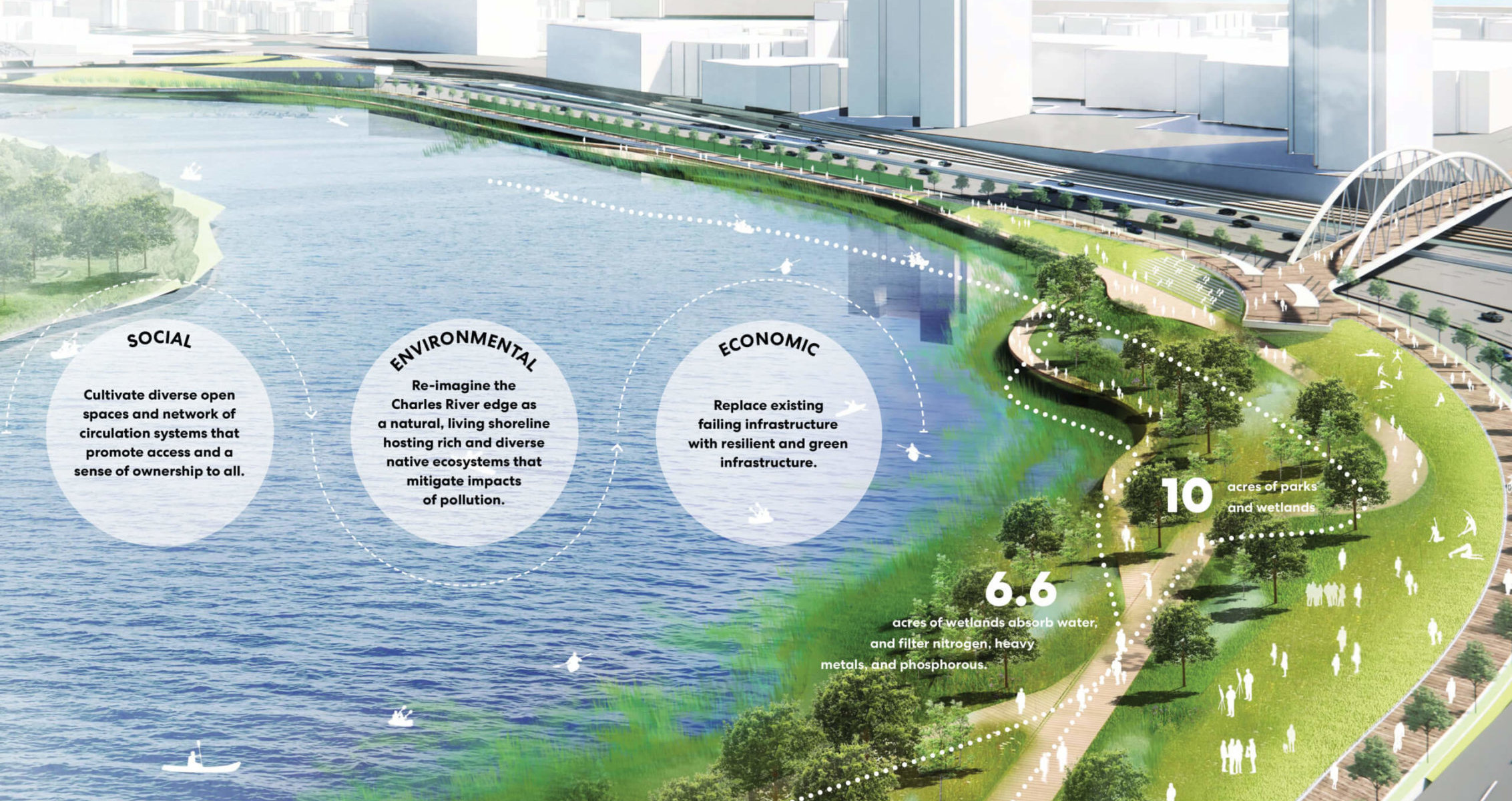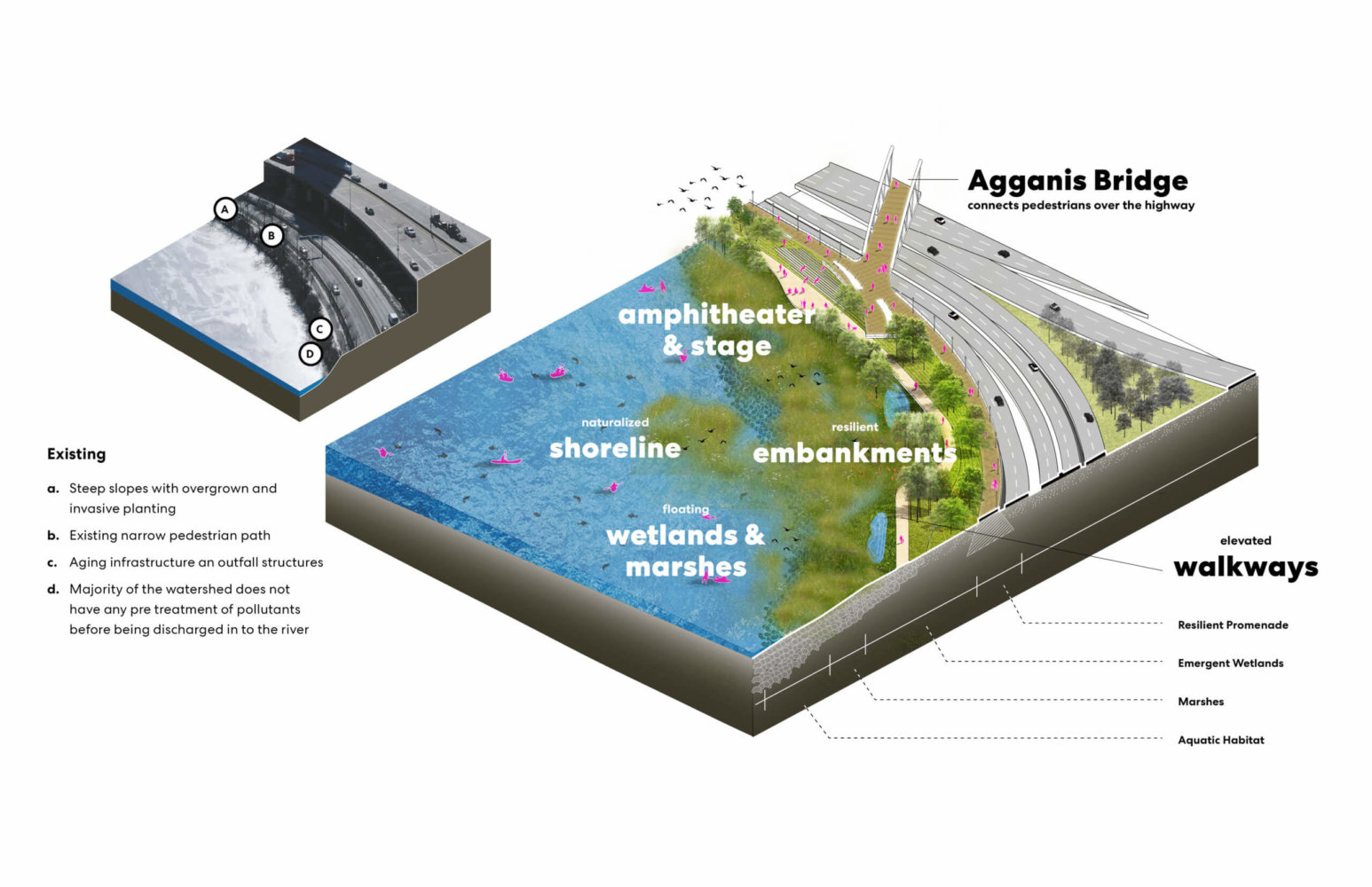Inequity in data collection has long had far-reaching effects on the populous at large. For example, as Dr. Vernelle A. A, Noel, a professor of architecture at Georgia Tech, pointed out in a presentation to AIA’s Technology in Architecture Practice (TAP) community last week, the U.S. census has historically undercounted the country’s Black population, contributing to innumerable biases across every sector.
Even less forthright approaches to data collection lead to results that can trickle down to the simplest policy decisions and how built communities evolve, quietly adding discrimination to people’s lives, whether they are fully aware or not. Redlining, for example, is the creation of borders between typically affluent neighborhoods and those populated by racial and ethnic minorities, which leads to unequal allocation of funds and resources, credit rationing, and less access to healthcare or even food services.
Under such circumstances, the work of architects and designers can contribute to these issues if the firms use data that isn’t attained as equitably as possible. “We as architects have to be really careful about just taking data as this gold standard,” says Evan Troxel, founder and host of the TRXL Podcast, a show about the merging of technology and architecture. “Data doesn’t tell the whole story. They are points recorded in time, and whoever recorded it isn’t necessarily recording everything that’s important for the project.”
Last week, Troxel moderated a panel of experts as part of the same three-day course Noel presented for, focused on design, equity, and data. Troxel, Noel, and each of the panelists, including Gautam Sundaram, a Principal out of our Boston studio, went into detail on the effects inequitable data can have on communities after a project is built, what should be considered in data collection, and ways to broaden perspectives across our art form.

